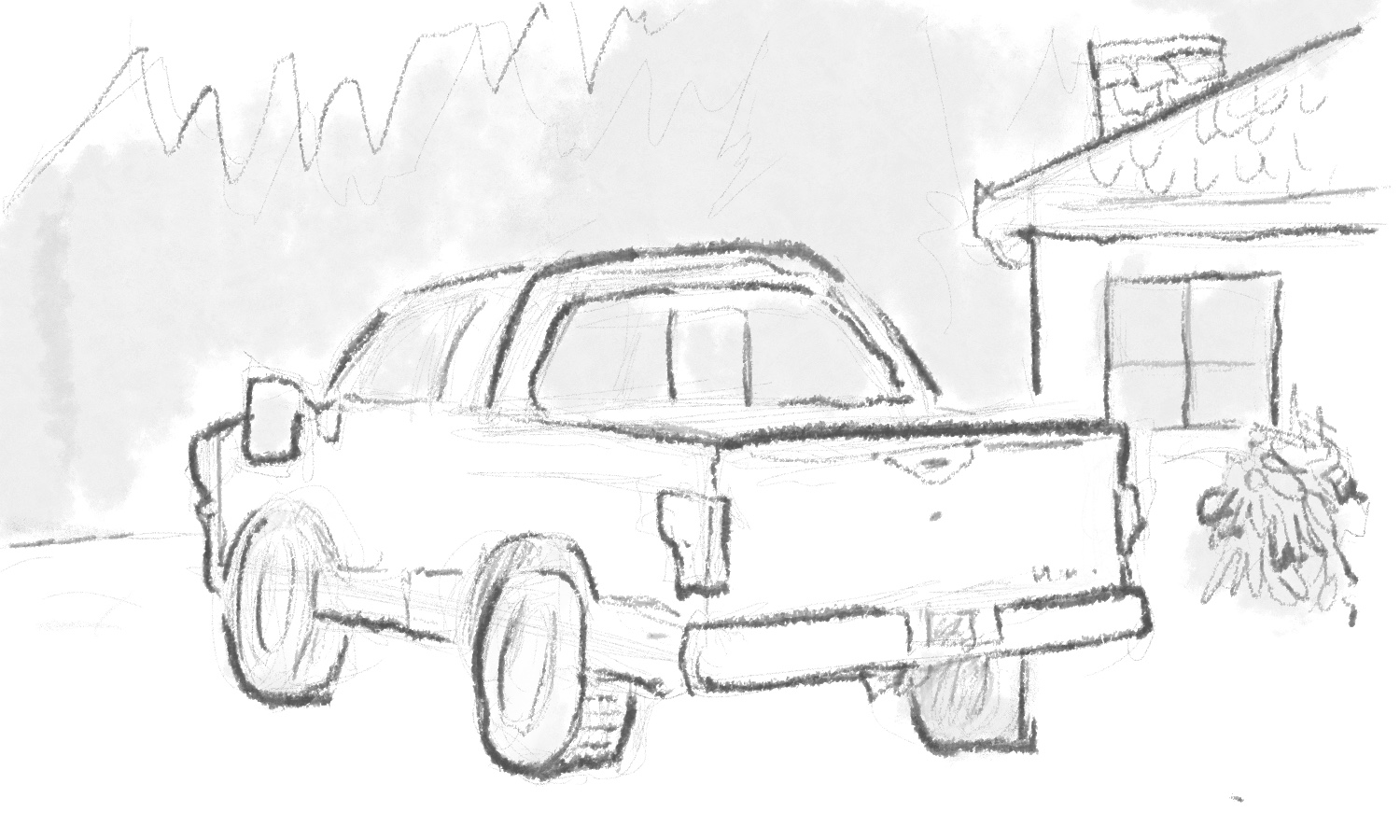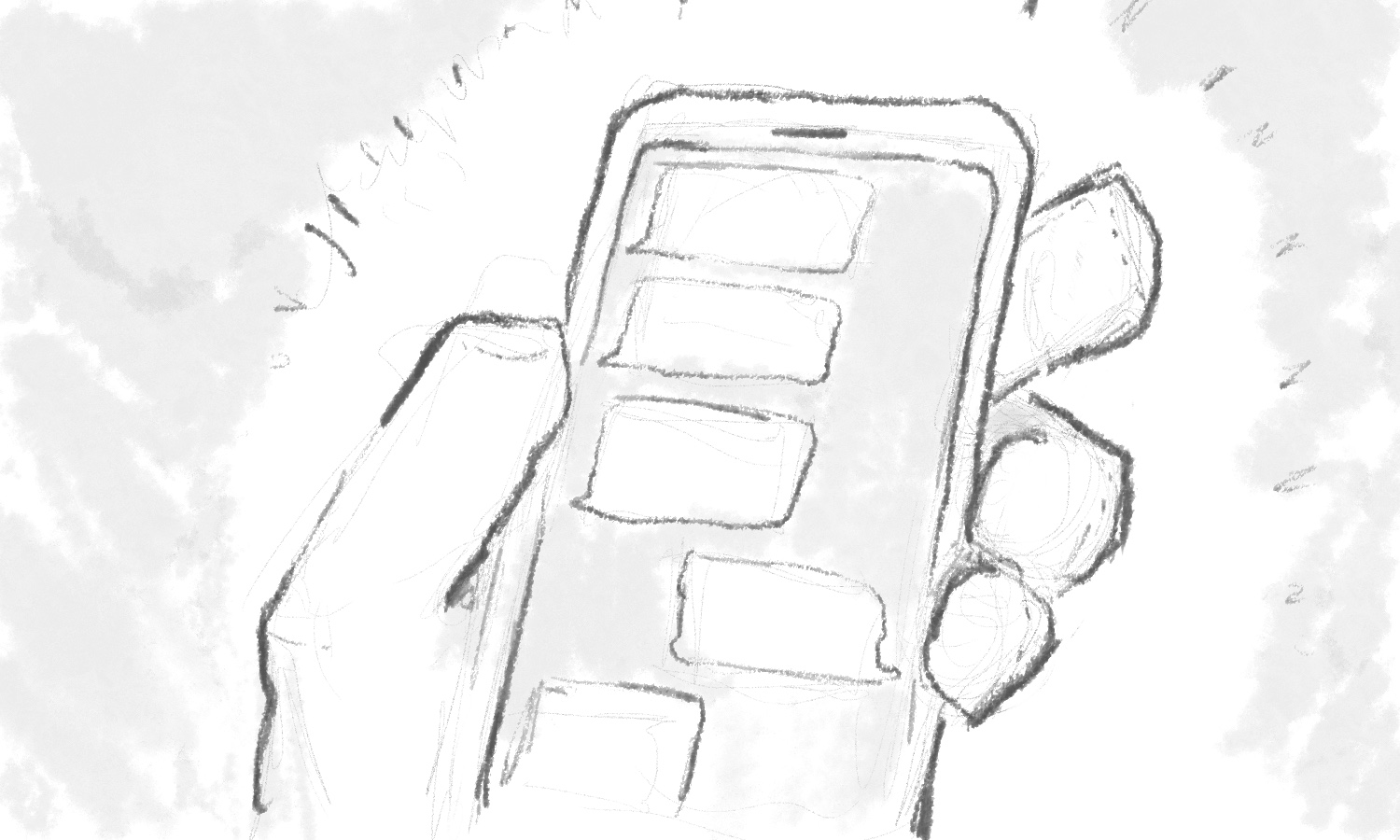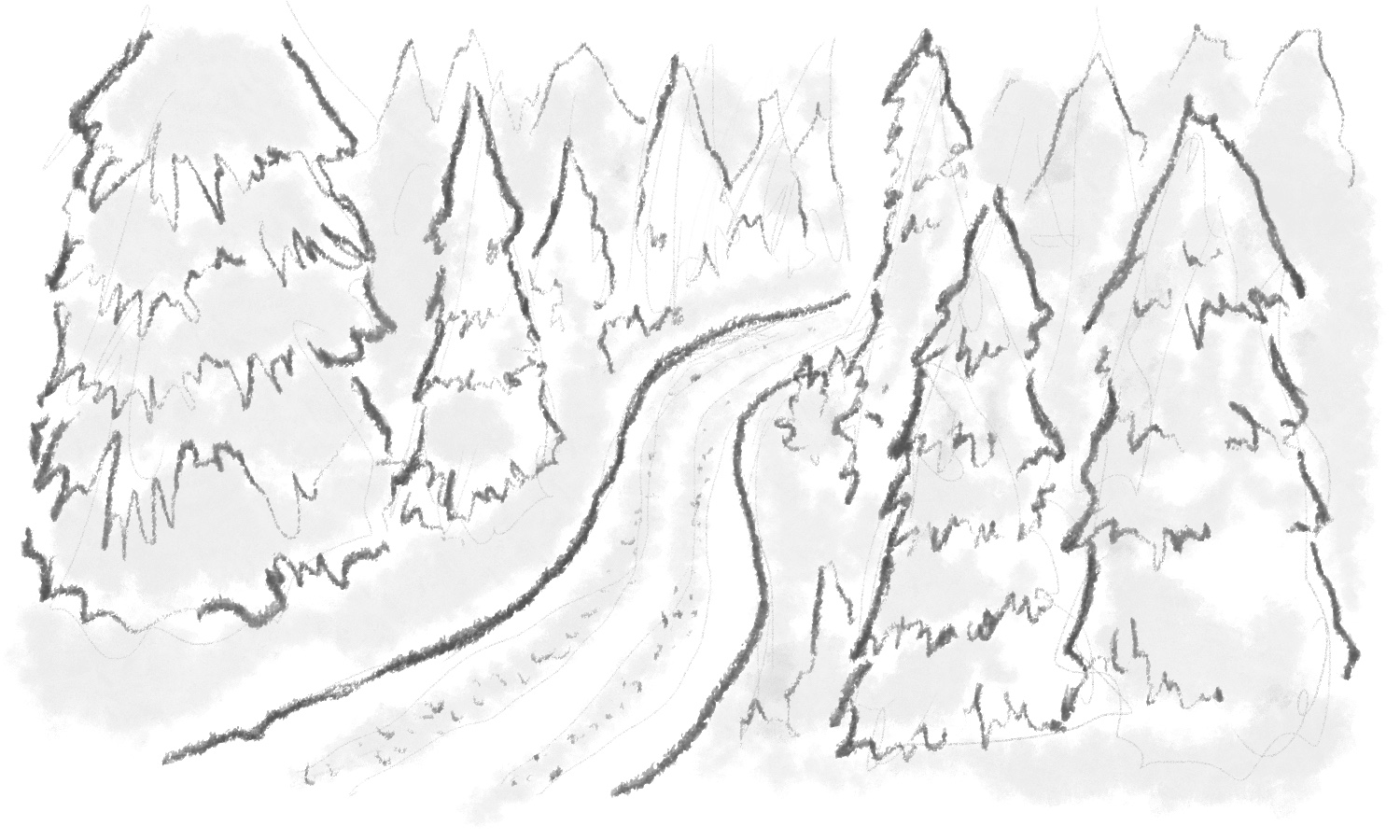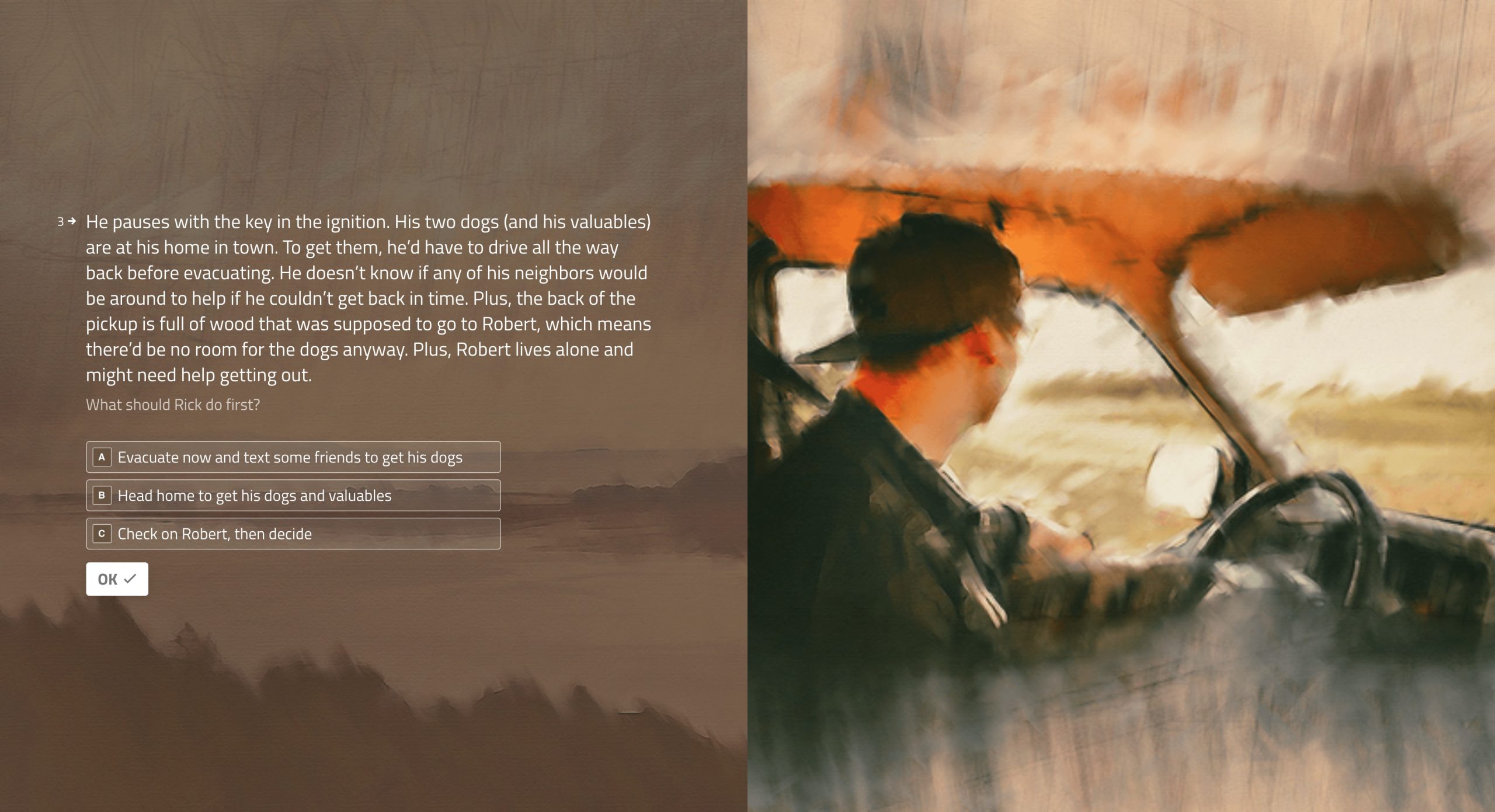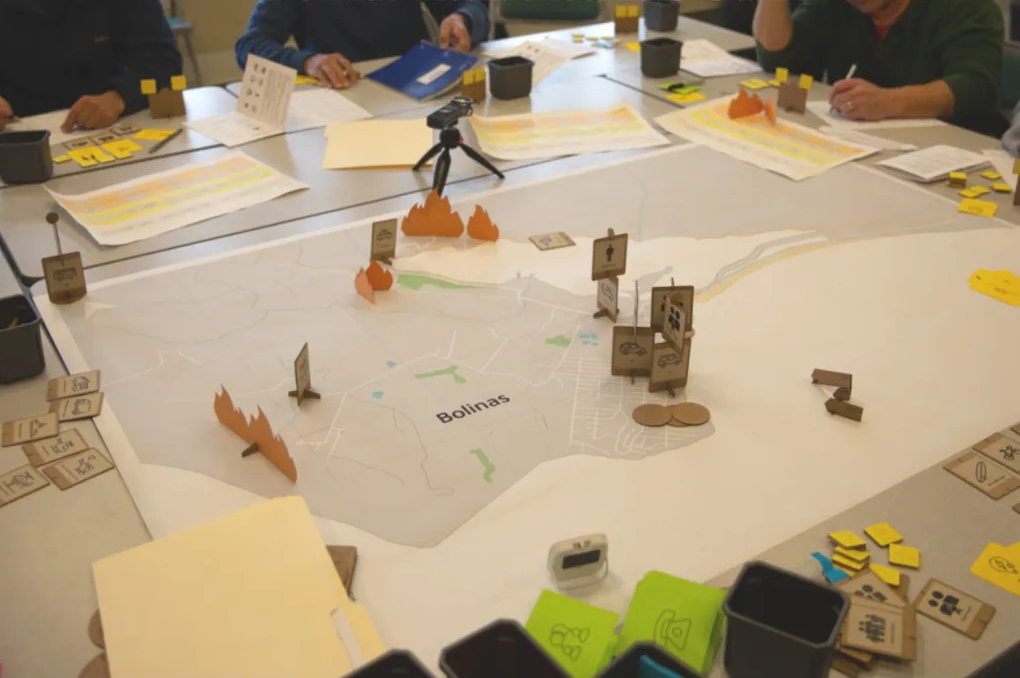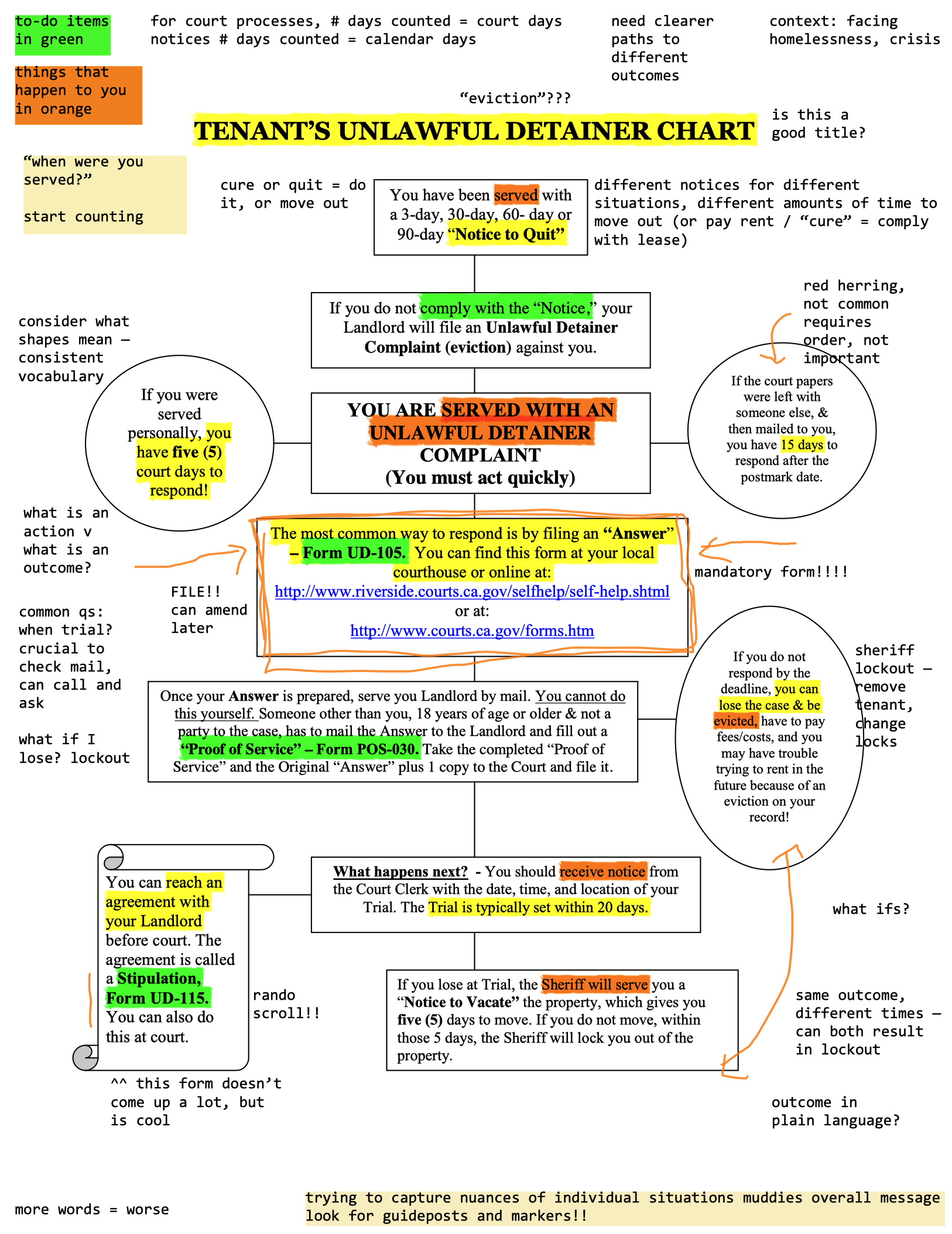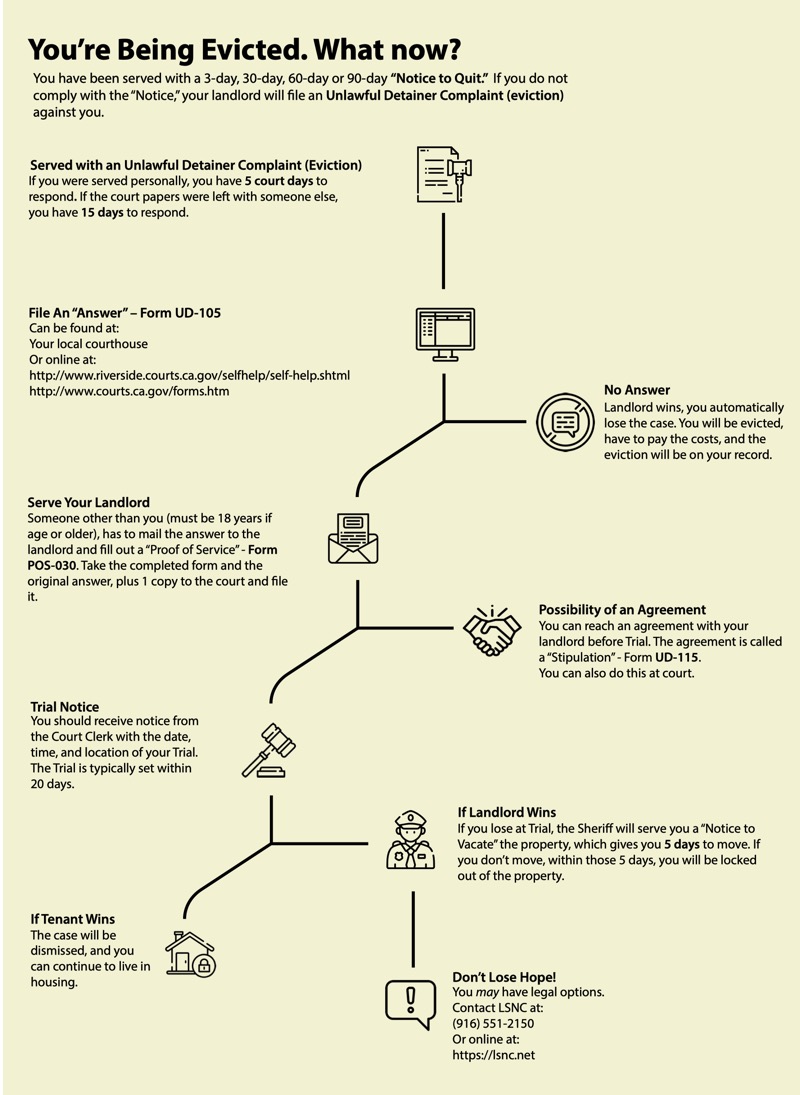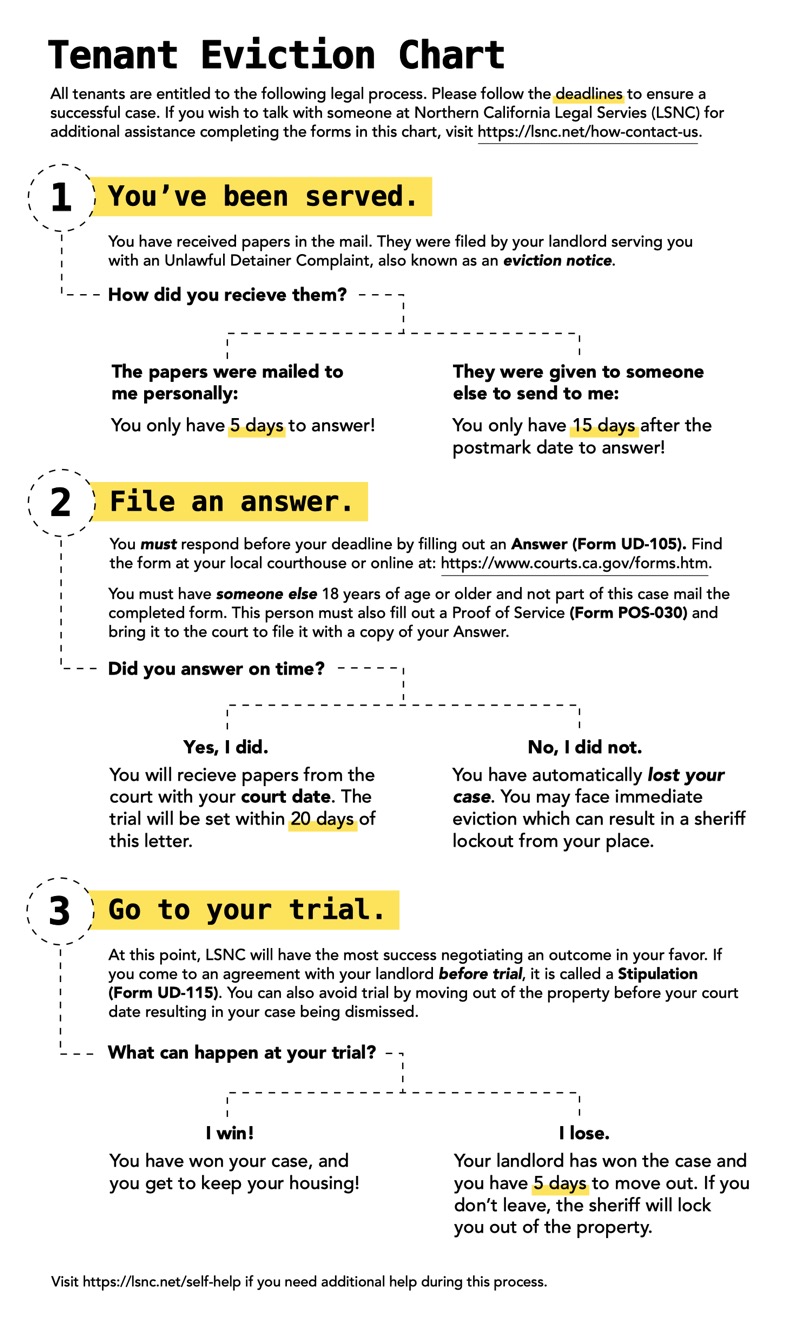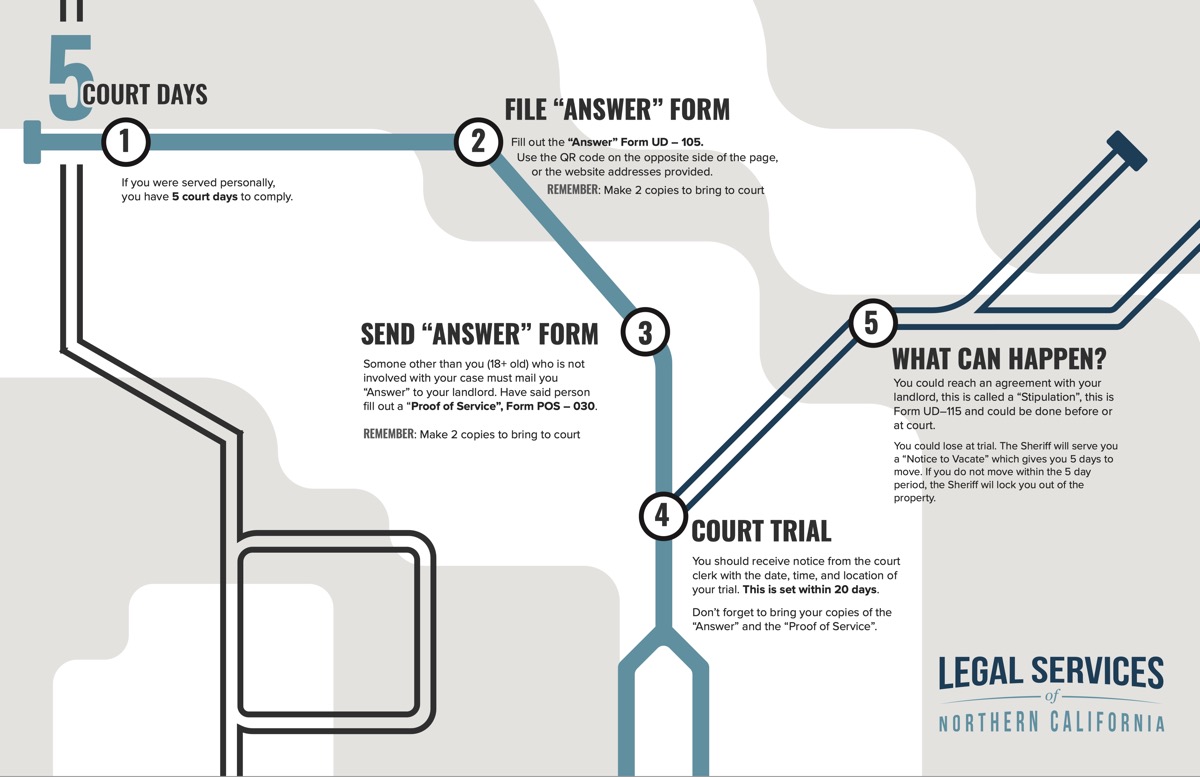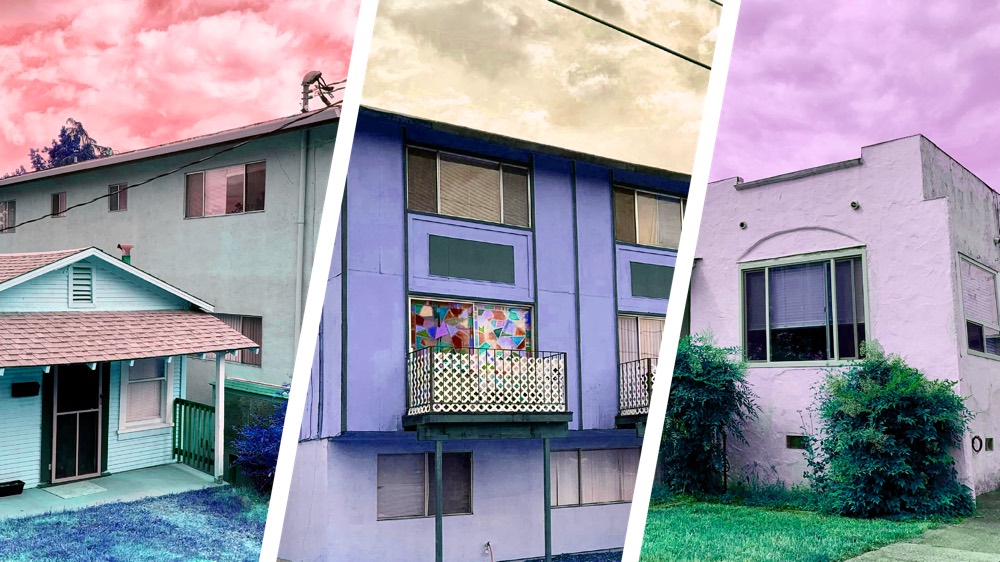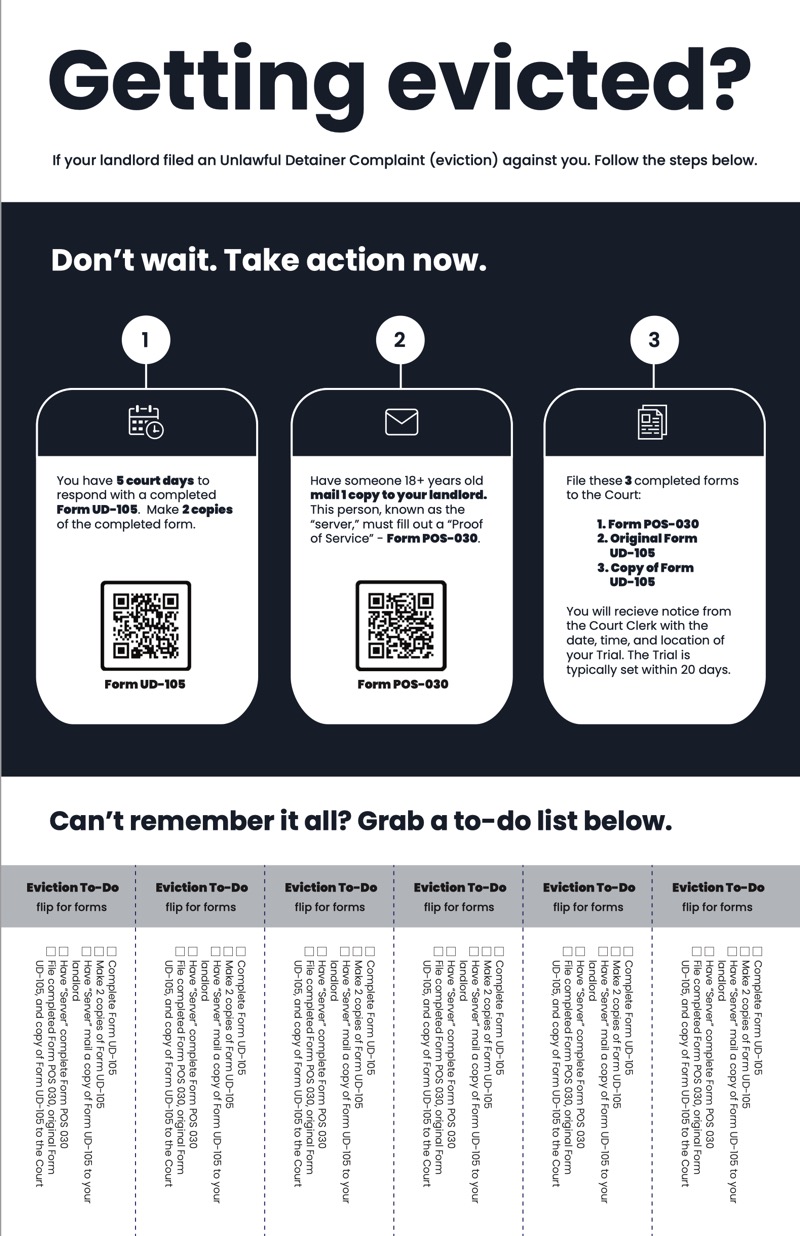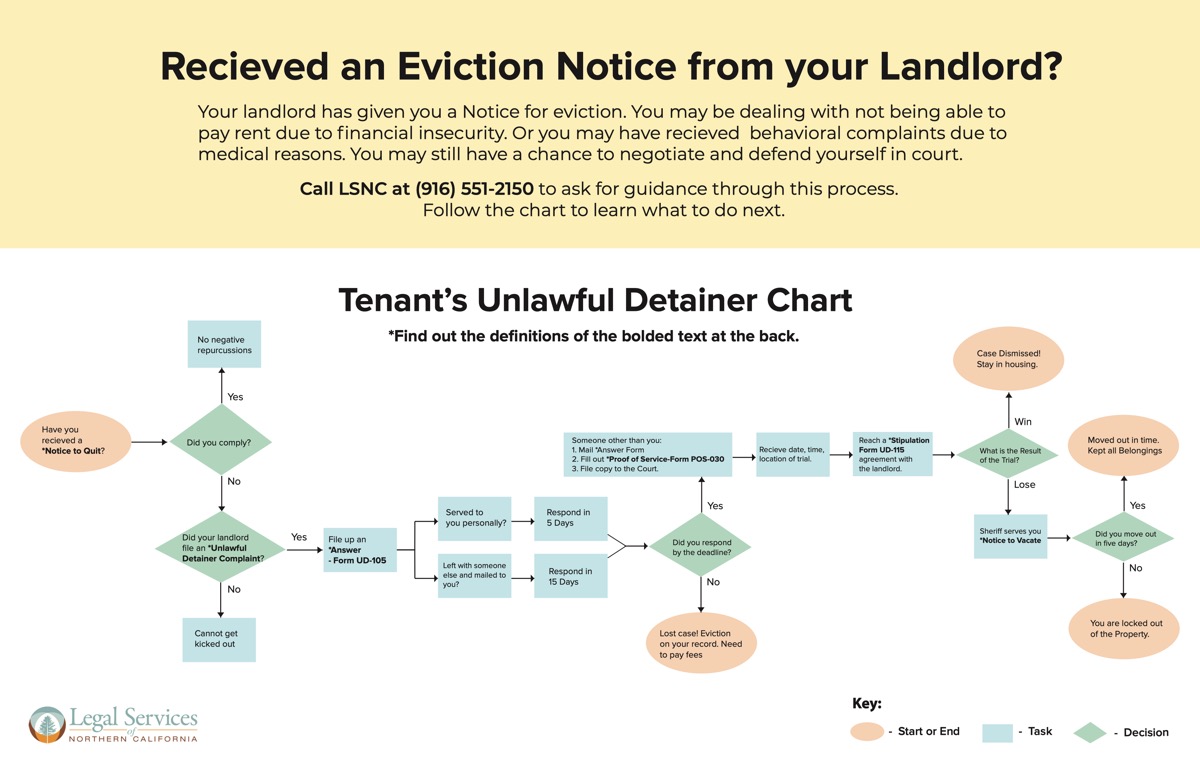public service.
design, UX, gaming, community, public service, public safety, nonprofit, grants, simulations, legal, education
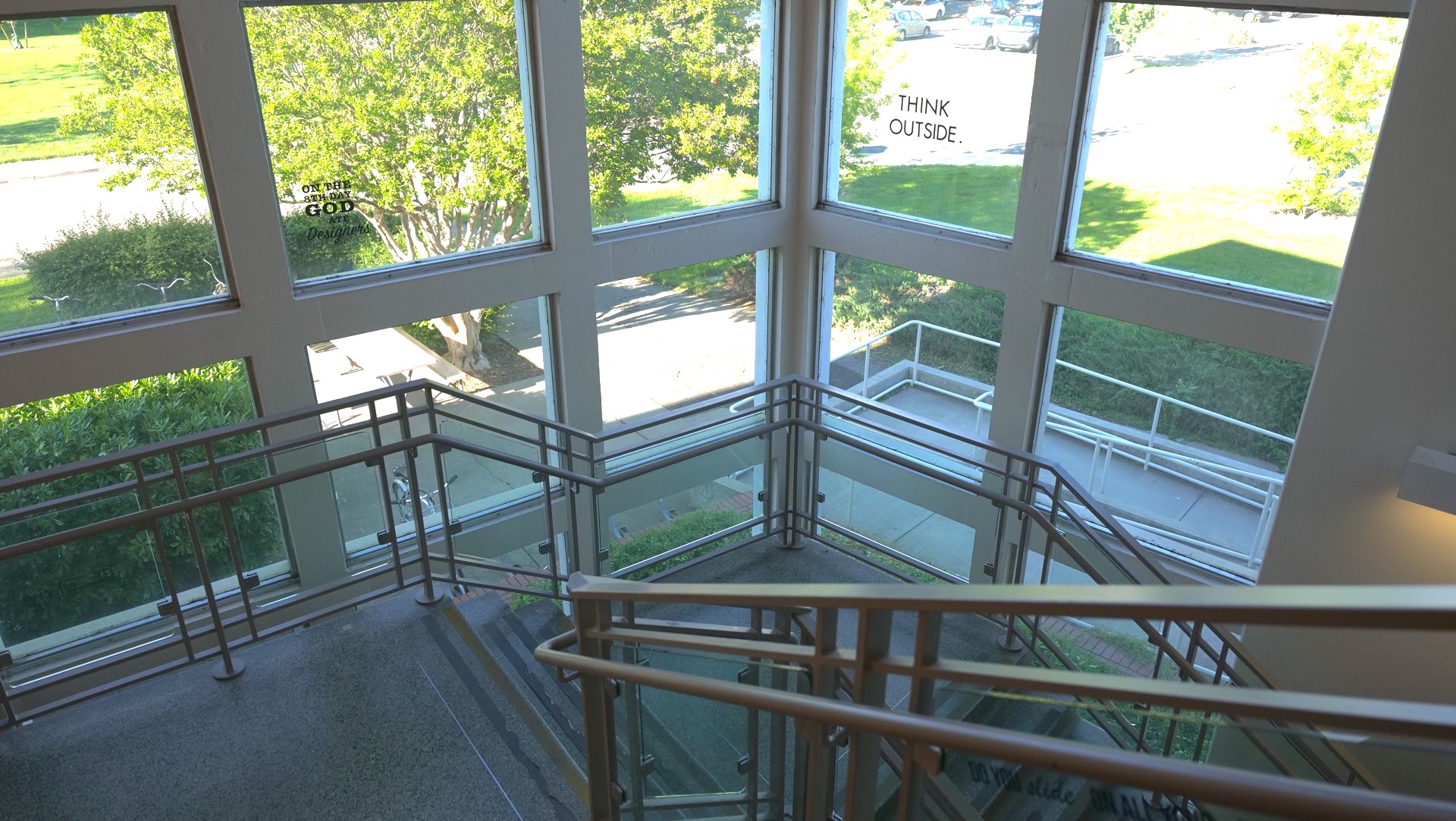
projects for the people.
I got my start in design doing work in the public sector — with hospitals, universities, research grants, and nonprofits. I still pick up some community work on occasion, and this little corner of my portfolio houses a few miscellaneous projects I'm proud to have been a part of.
bolinas resilience: wildfire simulation games
Bolinas, CA is a coastal community with few viable evacuation routes in an emergency. I worked with a multidisciplinary team (and the Bolinas community) to prototype fire evacuation scenarios through stories, simulations, and... board games.
2019 - 2020
roles
+ research
+ writing
+ game design
+ storyboarding
organization
UC Davis Prototyping Systems Lab
audience
community leaders of Bolinas, CA
Playing it safe
The isolated coastal community of Bolinas, CA is particularly vulnerable to wildfire, with few roads leading in or out of the town. With a relatively small population of under 2,000 people, Bolinas has multiple compounding risk factors in a natural disaster due to its location on the wildland-urban interface, its geographic isolation, and its relatively limited access to resources. Working alongside Professor Tom Maiorana’s CITRIS-winning team, I helped to prototype narrative games to help Bolinas community leaders and community members play through complex evacuation scenarios and self-assess their own fire smarts.
- Research: a robust literature review of serious games and learning through play
- Playable stories: I wrote and sketched preliminary storyboards for a series of eight fictional evacuation narratives, each a short story about a Bolinas resident who encounters the same fire from a different location (and walk of life) — the team turned some of these narratives into a full-color, interactive story quiz that prompts readers to evaluate the decision-making of the protagonists and to reflect on what they themselves might do in an emergency (while assessing their fire smarts)
- Analysis: I also wrote and programmed a prototype RPG (choose-your-own-adventure) game where the user is forced to make decisions during an unfolding fire event and is routed through the contingencies and consequences of their actions
legal aid x information design
Eviction is a complex, multi-step process that is difficult to understand under the best of circumstances. I secured a grant to bring this real-world problem into the information design classroom, where students worked on new ways to make dense legal information accessible to all audiences.
2020 - 2021
roles
+ design instructor
organizations
+ UC Davis Placemaking Initiative
+ Legal Services of Northern CA
audience
rural tenants facing eviction
Staying home by staying in-the-know
Major cities attract a lot of attention in California’s housing crisis, but people in rural areas are also threatened by displacement. Free legal services exist to help rural tenants navigate the complexities of rental housing and evictions — however, these resources are often thinly spread over wide geographic areas. Legal misinformation passed between neighbors and friends can cause tenants to unknowingly make mistakes that result in unnecessary indefensible evictions, credit report penalties, and added difficulties in finding a new place to live. This project, in collaboration with Shah’ada Shaban at Legal Services of Northern California, sought to empower renters to fight for their homes and stay in their communities through accessible information design.
Through a UC Placemaking Initiative grant, I integrated this project into curriculum of DES 159: Design for Understanding (developed by Professor Susan Verba), wherein students work to make complex information accessible through visual design best practices. Students were asked to rapidly reimagine a particularly dense document detailing the eviction process: the Tenant’s Unlawful Detainer diagram. Working individually, students produced preliminary concepts for how the document could be more user-friendly. Through grant funding I was able to compensate a group of DES 159 students to continue their work on this project beyond the term.
- Stakeholder interviews: Shah'ada visited class to explain the document in context and to answer student questions
- Individual iteration: students completed redesigns of the document
- Critique: we held group discussions to analyze students' work (with assistance from Shah'ada)
- Production: students continued to develop a subset of sucessful designs to be used by LSNC after the term (shown below are student concepts)
more work
trace manuel.
I'd love to hear what you're thinking:
tm@tracemanuel.com
or send a booking inquiry
Copyright © 2024 Trace Manuel. All rights reserved.
